Second Generation of Cospas-Sarsat Beacons - will it be introduced in 2021?
The Second Generation Beacon (SGB) is a product that has been expected in the maritime industry in the last few years. Operational requirements, specifications and type approval standards for Cospas-Sarsat second generation 406 MHz beacons have been developed and adopted. The space and ground segments of the system that allows the SGBs to operate are close to achieving Full Operational Capability (FOC).
As a manufacturer of testers for EPIRBs, ELTs and PLBs, we are working hard to develop a device for conducting a complete radio survey of SGBs. The prototype of the tester is at the last stage of designing.
This is all great, but… where is the SGB itself? When will it be available?
While waiting for it to appear, let's find out what features this new generation beacon should have and what caused the need for its development.
Distress Beacons as part of the Cospas-Sarsat System
406 MHz distress beacons are a key component of Cospas-Sarsat. This international satellite system provides search and rescue (SAR) services worldwide with emergency messages and location data for maritime, aviation, and land beacon users in life-threatening situations (simply put, Cospas-Sarsat performs the "search" function for "search and rescue" activities).
The first life was saved using the Cospas-Sarsat in September 1982. Since then, more than 50,000 people have been rescued with the assistance of this technology.
The Cospas-Sarsat system consists of a space segment and a ground infrastructure, which include:
-
Distress beacons transmitting 406 MHz signals which are received by SAR instruments installed on spacecraft used by the system;
-
SARR (SAR signal repeaters) and SARP (SAR signal processors) - search and rescue instruments placed on board the satellite; they process and/or relay the emergency beacon signal to the nearest available ground station;
-
LUTs (local user terminals) - ground receiving stations that process the signals to extract the beacon identification data and produce an independent determination of the beacon location;
-
MCCs (mission control centres) that obtain the output data from the receiving stations and send message about an emergency and its location to the appropriate search and rescue authority;
-
RCCs (rescue coordination centres), SPOCs (SAR points of contact) - authorities responsible for carrying out the necessary search and rescue operations.
Until recently, the Cospas-Sarsat system has been integrated with two types of satellites:
-
satellites in relatively low (800-900 km) polar orbits that form the LEOSAR system (Low-altitude Earth Orbit Search-And-Rescue);
-
satellites in equatorial orbits at an altitude of 36,000 km that form the GEOSAR system (Geostationary Earth Orbit Search-And-Rescue).
In last years, the Cospas-Sarsat system is in a state of large scale modernization - SAR repeaters are been installed on board of GNSS (Global Navigation Satellite System) satellites orbiting the Earth at an altitude of 19 to 23 thousand km: GPS (United States), Galileo (European Union), and GLONASS (Russia).
These new Cospas-Sarsat space elements form a system called MEOSAR (Medium-altitude Earth Orbit Search-And-Rescue).
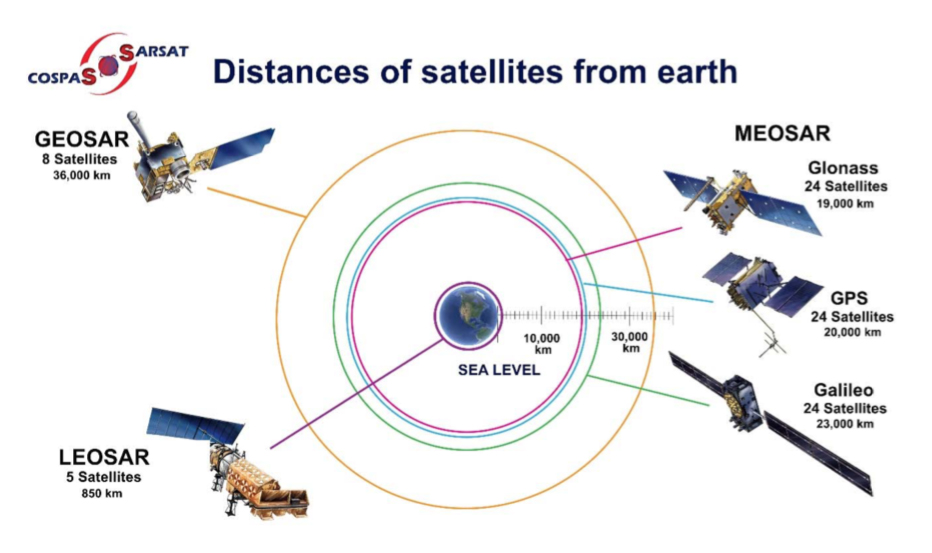
Each satellite system is located at a different altitude and has a different field of view. Consequently, they all have a different capacity to detect the beacon signals. For example, GEOSAR satellites have the widest coverage of the Earth's surface, but they are significantly further from it than LEOSAR and MEOSAR satellites, so the quality of the received signal is not as good.
LEOSAR, GEOSAR, MEOSAR - which system is the future of Cospas-Sarsat?
According to C/S G.003, the key performance parameters that the Cospas-Sarsat system should meet are as follows:
-
Global coverage
-
Automatic beacon activation
-
Timely alerting
-
Beacon location accuracy
Not all of the space segments that are part of Cospas-Sarsat fully meet these parameters.
For example, the GEOSAR system provides complete coverage for detecting 406 MHz beacons in all parts of the Earth between 75° South latitude and 75° North latitude, excluding the pole zone. These gaps around the poles cannot be eliminated due to the nature of the geostationary orbits. Other space systems (LEOSAR or MEOSAR) do not have a similar restriction.
As for the alert timing criteria, it is as follows: the distress alert must be transmitted to the responsible RCC within 15 minutes after the initial signal from the beacon is received.
The GEOSAR and MEOSAR systems meet this requirement. A peculiar feature of the LEOSAR system is that the LUT collects the data during the complete pass of the satellite over the LUT - its orbit period is about 100 minutes. This time interval may be required to compute an independent solution and pass it to the MCC for distribution.
The accuracy of determining the beacon location is another important parameter that must be provided by the Cospas-Sarsat system. According to the requirements, its accuracy should be within 20 km or less of the true location of the beacon. In practice, the locations generated by the system are usually much more accurate.
A high degree of location accuracy is provided by the GNSS technology, which generates location data. If a beacon contains an internal GNSS receiver, the encoded location data can be accurate within 100 meters of the true position of the beacon.
Solutions calculated by the Doppler method on LEOLUTs (LEOSAR LUTs) allow to determine an independent location of the beacon and usually have an accuracy of up to 5 kilometers from the true beacon location.
The nature of GEO satellites does not allow them to be used for independent location, but they can instantly repeat a message with an encoded location that was calculated by a GNSS receiver (or similar device) inside the beacon.
The DOA (difference of arrival) solutions generated by the MEOLUTs (MEOSAR LUTs) for second-generation beacons are expected to have accuracy for a single burst within 5 kilometers of the true location of the beacons. After several successive bursts this accuracy is greatly improved. It is estimated that a fully operational MEOSAR system processing data from SGBs will achieve 100-meter accuracy within 10 minutes after the first burst.
Multiple antenna systems and a MEOLUT network will provide independent location and close to 100% reliability to the MEOSAR system.
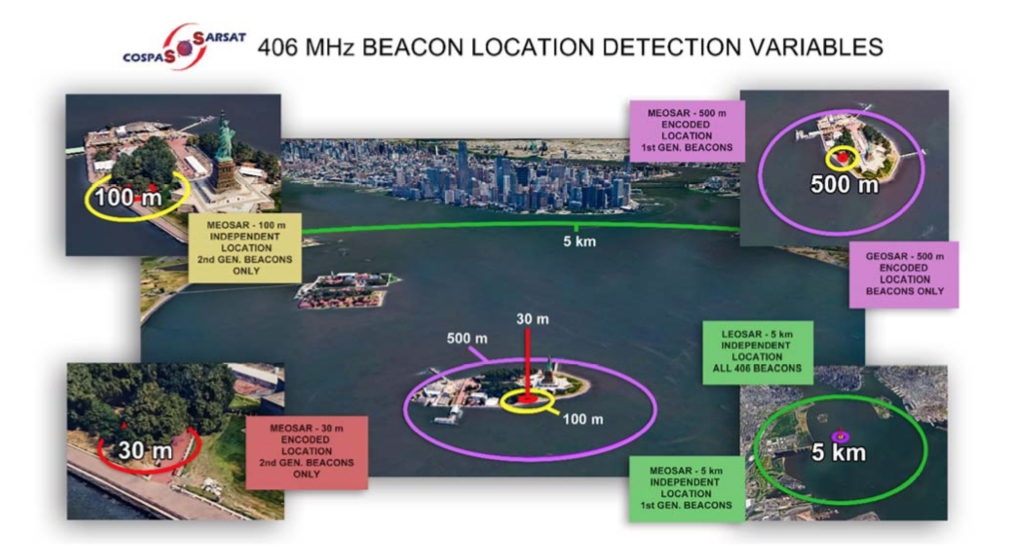
Thus, the MEOSAR system includes all the advantages of both LEOSAR and GEOSAR systems. At the same time, it overcomes their current multiple limitations. When a high level of satellite redundancy and availability is achieved (there will be 72 of them), this system will significantly improve the speed and accuracy of locating emergency beacons. More lives will be saved.
Reliable communication between the beacon and the satellite will be provided. The introduction of the Galileo Return Link Service (RLS) will allow a person in distress to be notified that his/her emergency message has been received and his/her location is known.
At the end of 2020, the MEOSAR approached the phase of Full Operational Capability (FOC) in Europe. Extensive test campaign of the upgraded European MEOLUTs was carried out, and the results showed full compliance with the requirements of the Cospas-Sarsat documentation to ensure the performance level of the MEOSAR FOC. In October of the same year, the Cospas-Sarsat expert working group recommended its approval.
In the coming years, all satellite systems - LEOSAR, GEOSAR and MEOSAR - will operate in tandem, serving both first- and second-generation beacons; their compatibility parameters have been agreed.
In the future, Cospas-Sarsat will rely on a MEO/GEO space segment. The MEOSAR system will replace the LEOSAR system and become the dominant space segment of Cospas-Sarsat.
First and second generation 406 MHz beacons
First generation 406 MHz beacons (FGBs) were designed to operate with the Cospas-Sarsat LEOSAR system. It includes the SAR signal processor (SARP) and the SAR signal repeater (SARR) equipment on board the satellite. The SARR instrument retransmits a distress signal to a LUT in real time (in this case, the processing is done on the ground). The SARP instrument records data from the beacon distress signal and later forwards this information to a LUT when the satellite passes over it. Restrictions in the LEOSAR SARP on board processing limit the scope for further development of the FGB specifications.
FGBs are also compatible with the Cospas-Sarsat GEOSAR system. As for the full backward compatibility of this type of beacon with the MEOSAR system, this may not be entirely achievable. MEOSAR will ensure full interoperability with SGBs only. Beacons designed in accordance with the specifications of document C/S T.001 and the type approval standards of document C/S T.007 may not meet some of the minimum requirements for second-generation beacons that are set out in C/S G.008 - Operational requirements for Cospas-Sarsat second-generation 406-MHz beacons.
Second generation beacons designed according to the revised specifications may not be interoperable with the LEOSAR SARP processing. In this case, the LEOSAR system will not be able to provide SAR services for SGBs on a global basis.
Thus, the second generation beacons will operate in the Cospas-Sarsat GEOSAR and MEOSAR systems, consisting only of SARR orbital equipment. As for signal and data processing, it will be performed by ground receiving stations (LUTs).
The development of operational requirements for SGBs is limited by the characteristics of the GEOSAR and MEOSAR constellations and the capabilities of their SARR instruments.
New technology for a new generation of beacons
In first generation beacons, one transmission modulation method was used - binary phase-shift keying (BPSK). Several message protocols are allowed in the available message-bit string to accommodate different types of beacons (EPIRBs, ELTs, and PLBs), different vessel/aircraft identifiers, and different national requirements. The duration of these bursts is about half a second. These narrowband transmissions occupy approximately 3 kHz of bandwidth in a channelized scheme through the assigned 406.0-406.1 MHz band.
The second generation beacons will be designed based on spread-spectrum technology with offset quadrature phase-shift keying (OQPSK) - a new, additional beacon modulation and message scheme will be used. This technology opens up new possibilities: the use of battery-saving lower-power transmissions, improving the accuracy of the beacon location by the Cospas-Sarsat System, and avoiding the need for discrete channelization in the specified frequency range from 406.0 to 406.1 MHz. The use of spread spectrum also has advantages for rejecting narrow-band interference. As a result, FGBs will not interfere with SGBs and vice versa.
SGBs will have a transmission of one-second length, with 250 bits transmitted (202 bits with a “useful message”). Due to the use of a rotating transmission schedule (the information sent in message bits from one transmission to the next can be changed), significantly more information can be transmitted over a series of transmission bursts.
Conclusions
The second generation 406 MHz beacons are being developed for operating in the Cospas-Sarsat satellite system of a new generation - MEOSAR. This system will allow pinpoint the location of the beacon in close to real time with a high degree of accuracy that is not available in the current system.
As of early 2021, the space and ground segments of the MEOSAR are close to Full Operational Capability (FOC). In order for this intricate puzzle to finally take the shape, the system needs one more element, the key one - an emergency beacon designed using a new technology that meets the higher set of requirements.
Which beacon manufacturer will be a pioneer in this field, who will revolutionize the development of 406 MHz emergency beacons and introduce a Second Generation Beacon?
As for us, the test equipment manufacturers working on the SGB tester, we are curious, which product will be released first - the Second Generation Beacon or the device for testing its performance?
By Olga Davydova
References:
- https://www.cospas-sarsat.int/images/stories/SystemDocs/Current/CS-G003-NOV-2019.pdf
- https://vnmcc.vishipel.vn/images/uploads/attach/CS-G008-OCT-2014.pdf
- https://www.cospas-sarsat.int/images/stories/SystemDocs/Current/G003-NOV-2019.pdf
- https://www.gsa.europa.eu/newsroom/news/galileo-search-and-rescue-ground-facilities-are-now-upgraded-meosar-full-operational
- https://en.wikipedia.org/wiki/International_Cospas-Sarsat_Programme#Space_segment
- https://www.sarsat.noaa.gov/MEOSAR%20poster%202016%20(June%2023)%20S%20convert%20Reduced%20medium.pdf
- https://www.insidegnss.com/auto/novdec14-WP_0.pdf
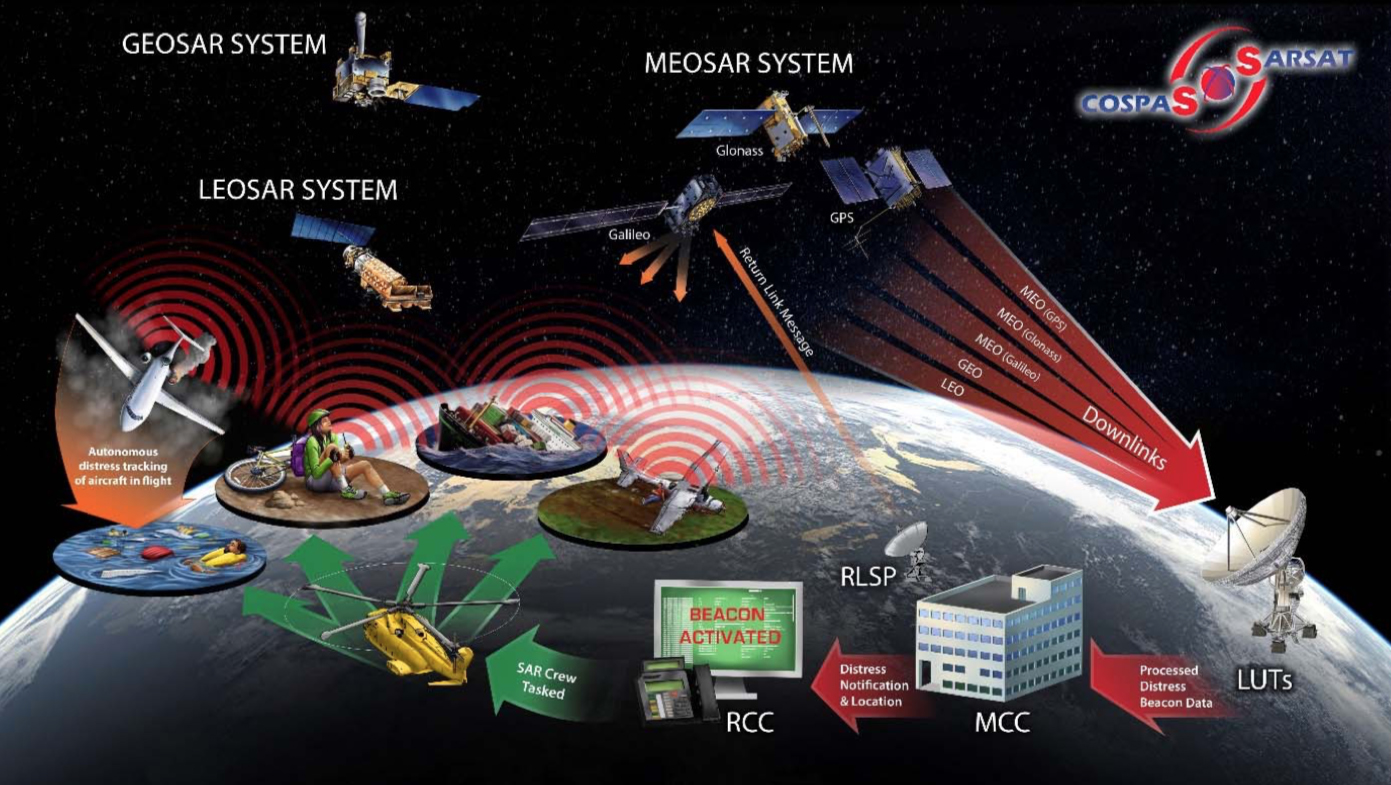
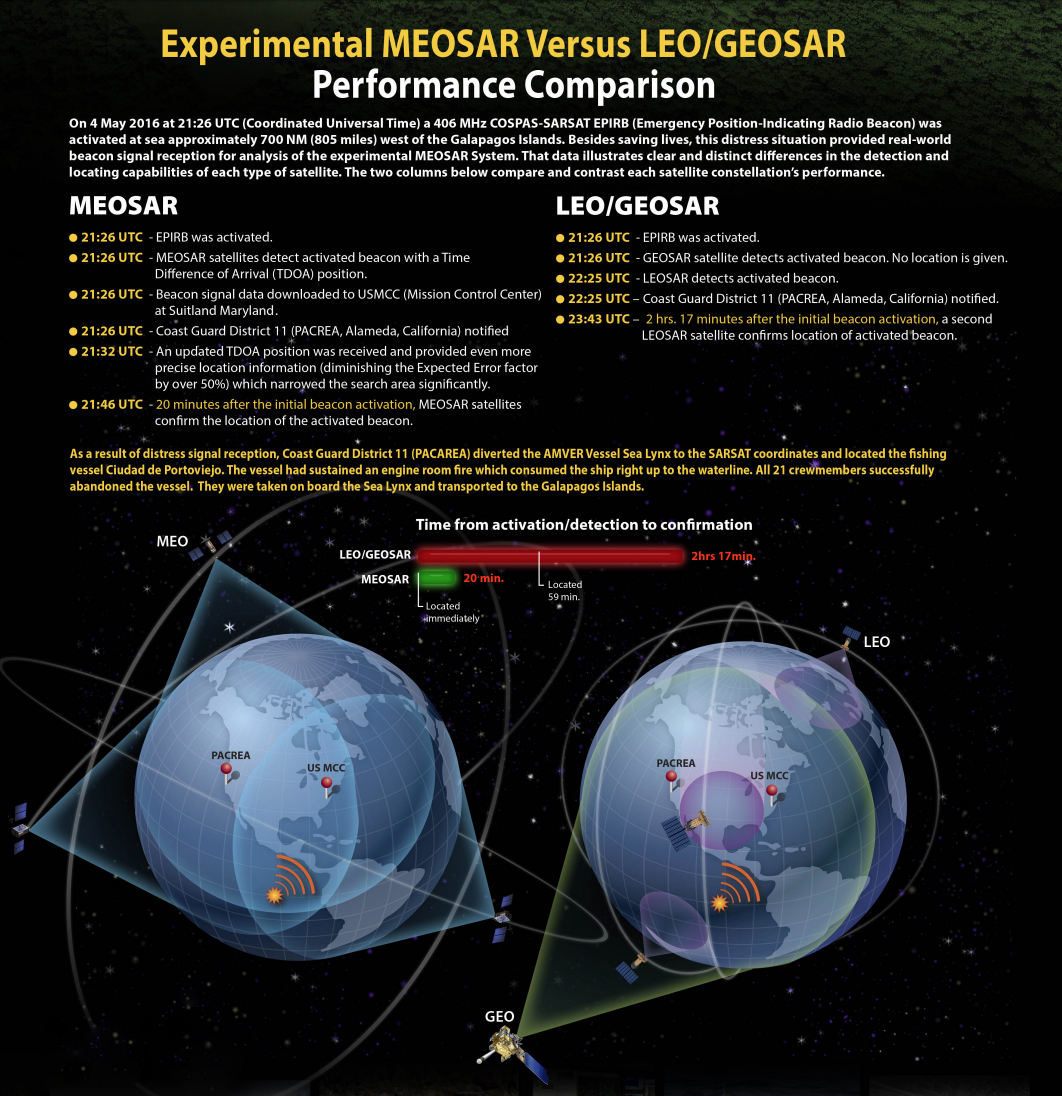

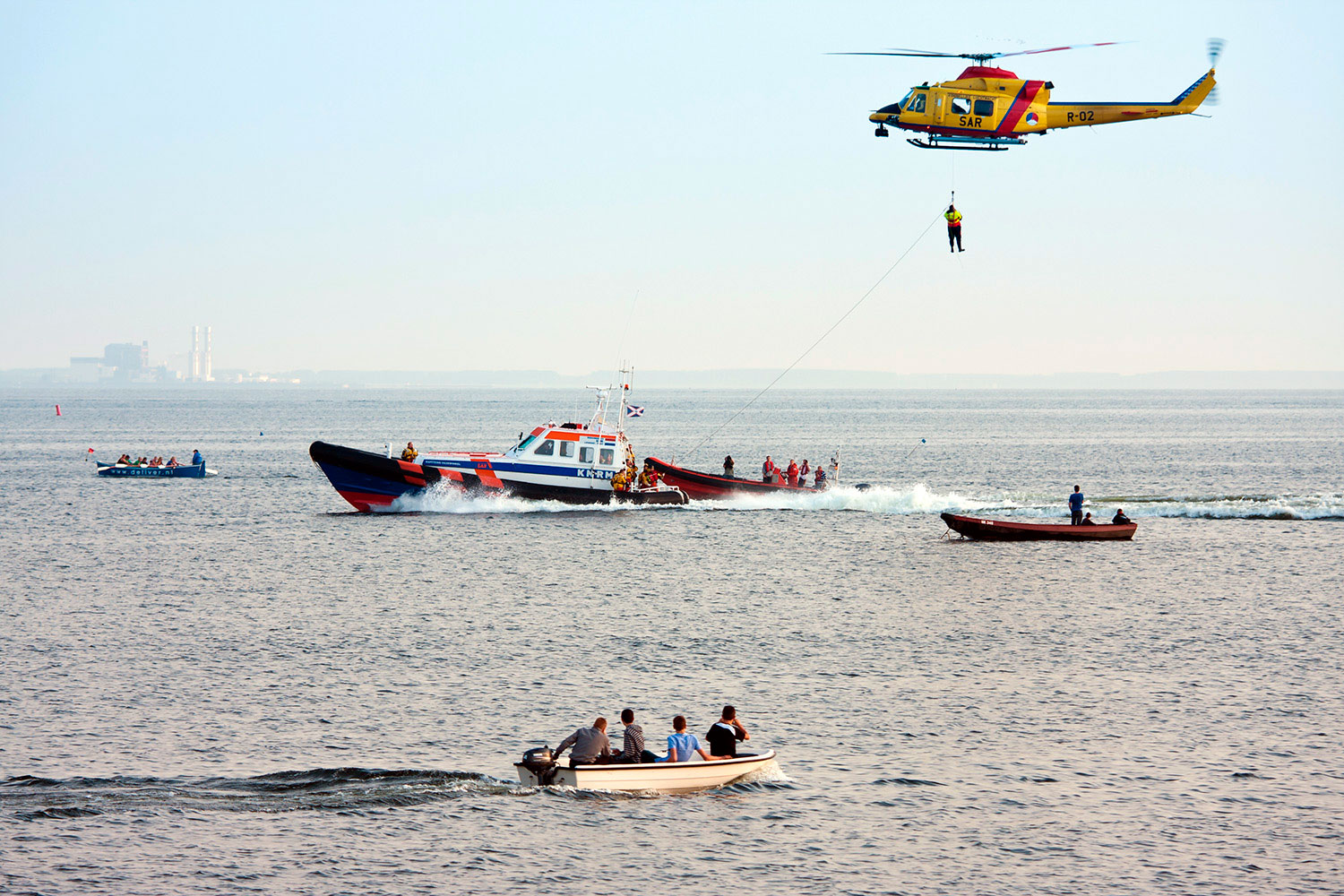
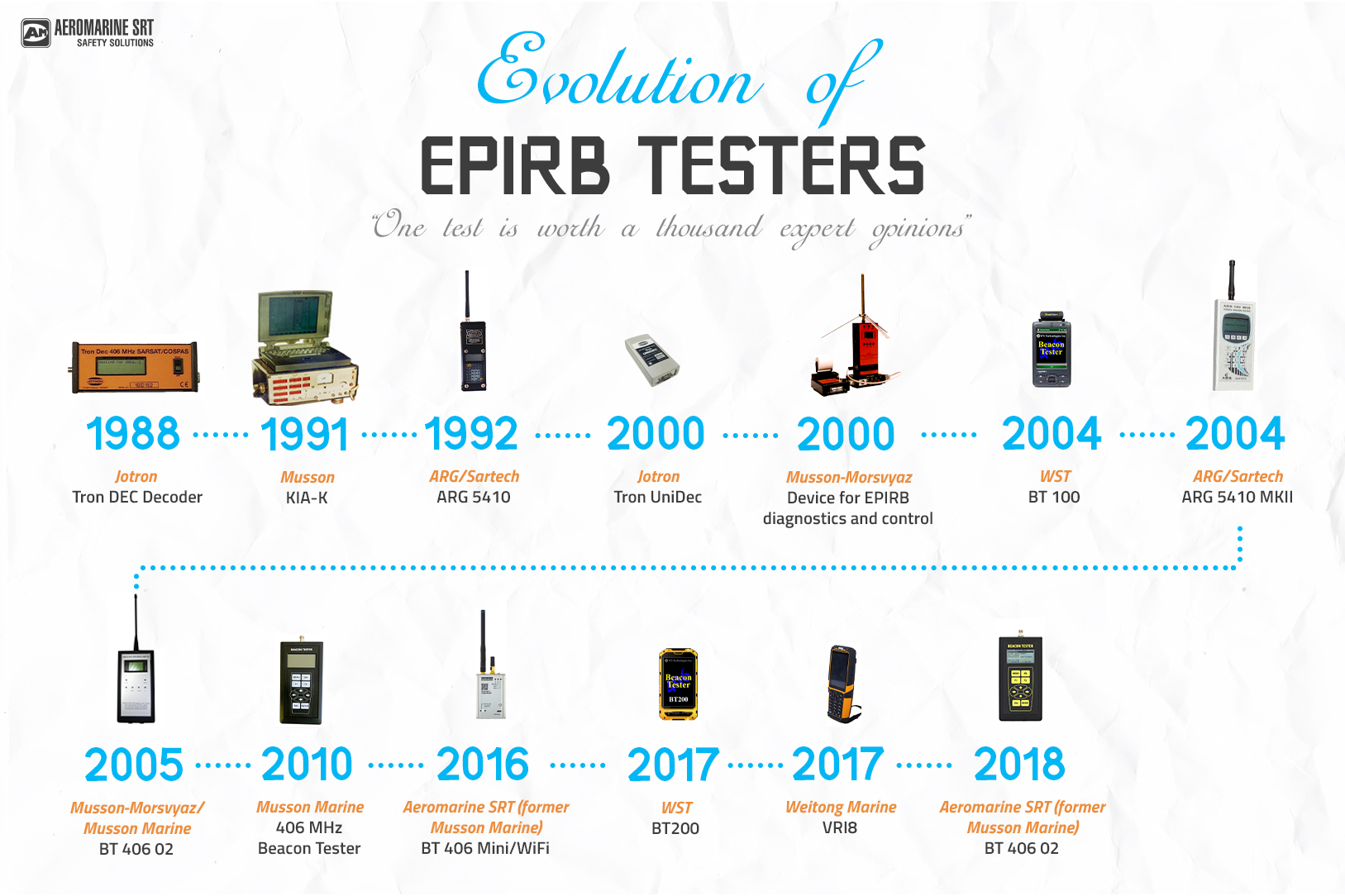
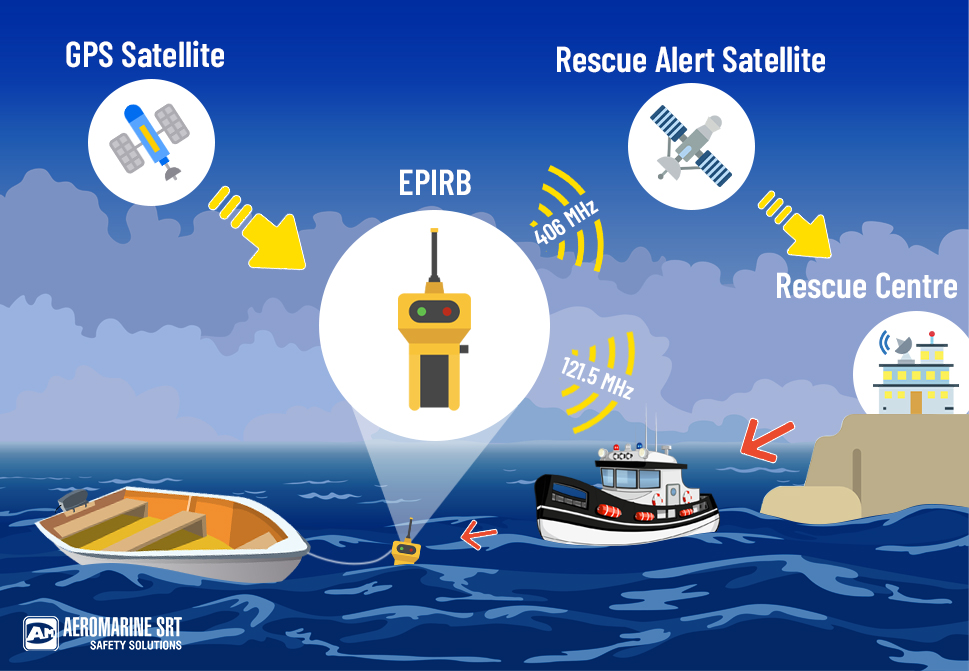

very interesting article. indeed looking forward to these new technology and testers